There are different types of tourists around the world. These tourists typically specialize in a single type of tourism such as cultural holidays so they can be easily categorized.
While many tourists are generally interested in multiple aspects of holidaying, some simply prefer to stay in line with very specific interests as follows.
Table of Contents
1. Adventure tourists

Adventure tourists are considered the most daring out there. These people are very active and they breathe experiences. Adventure tourists can be locked in a resort for a couple of weeks as this would simply ruin their vacation. They need action, change of scenery, meeting new people, and experiencing new things.
But what is adventure tourism? This style of tourism often involves outdoor adventures such as safari escapes, or desert dirt bike rides. It can involve any activity that is considered adventurous.
Adventure tourists are known for their high interest in getting into new experiences. If many tourists aren’t willing to travel far for their passions, this can be different for adventure tourists.
For example, some of the most unique swimming with the sharks’ experiences are very remote. Yet, adventure tourists always travel to these locations for the experience.
The most important word to describe these tourists is ‘experience’. All adventure seekers are normally interested in the experience more than being interested in simple everyday activities that are repetitive and monotone.
Adventure tourists aren’t afraid of looking beyond comfort as well. These holidaymakers aren’t always seeking to sleep in the most luxurious hotels. They might even sacrifice personal comfort for the awaiting experience.
2. Backpack tourists

Backpack tourists are typically frugal and interested in multiple aspects of tourism. As their category name suggests, these tourists are normally only traveling with a backpack. This is where they keep clothes, shoes, sunglasses, charges, and even food. Traveling with a backpack isn’t easy. You have to carry it around with you all day.
So why do backpack tourist numbers increase year by year if it’s so difficult to carry a backpack all day? The first reason has to do with economics. It’s simply more affordable to stay in backpack hostels and bed and breakfasts than to stay in typical hotels. It’s also less worrying as these tourists have all their belongings with them at all times.
Most importantly, backpack tourism is fun. Those into this type of holidaymaking aren’t afraid to put on sports shoes and comfortable clothing and get moving. They can see and experience multiple other aspects of their traveling location compared to other tourists.
Backpack tourists also differentiate themselves from adventure tourists as they can be into different aspects such as seeing cultural landmarks and even traveling for good restaurants. They can combine all aspects of tourism with an adventure into a unique budget-friendly type of holidaymaking.
Shortly called ‘backpackers’ these tourists are seen everywhere from busy city streets to remote mountain paths. They are generally highly self-driven and they require minimum guidance to get around as they like to plan.
3. Business tourists

Business tourists are a bit more difficult to stop compared to backpackers. Normally traveling for work purposes, business tourists are mostly interested in their work duties. Of course, things change during the day when these work duties are over.
Known for their tight schedule, business tourists are typically interested to discover the area where they need to work for a while. This means they can jump into the typical tourist attractions, check out local museums, restaurants, and parks.
Business tourists are normally blessed when it comes to expenses. Most business tourists have their transport and accommodation costs covered. This then means they might have money to get into shopping or to other activities that aren’t specifically free.
Those who travel for business are rarely called tourists, however. It’s only the group that has the time to become part-time tourists that are lucky enough to discover new places. There are plenty of professionals traveling for business with no time for holidaying.
New York is the number one business tourist destination. Known for its high number of business and economic development, the city also offers plenty of world-class landmarks to visit, making it the perfect stop for business tourists.
4. Cruise tourists
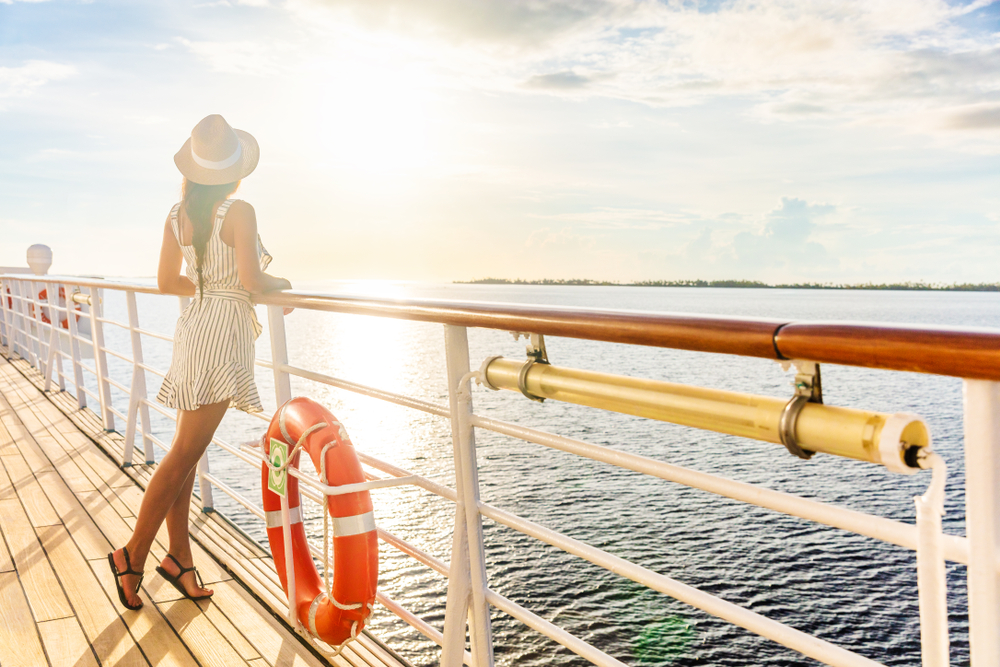
A special type of tourist is only interested in going on a cruise. Many cruise tourists are seniors and seeing the world from a cruise ship is often a yearly holiday for them. Carnival Cruises and other similar companies offer complete tourist packages for these seniors. Almost all of them have the freedom to choose which countries they want to visit as cruises take tourists on different types of tours.
Some cruises are only bound to the Gulf of Mexico. Others travel around Central and South America. There are also very popular Mediterranean cruises for those who want to travel along Southern Europe’s coast from Portugal to Greece with stops in Spain, France, and Italy.
The main benefit of these cruises is they allow their customers to see different countries as special port stops are planned along the route.
Cruise tourists have also been known to be among those who love long holidays the most. There are plenty of cruses that last more than a month and this type of adventure can certainly count as the summer holiday.
Cruise tourists generally travel in couples or small groups. It’s rare to find solo cruise tourists. Most cabins available on cruise ships are for couples. This is why they can be the ideal type of escape for tourists and couples who want to relax for a few weeks.
Most cruise tourists appreciate good food, drinks, and the ability to socialize on the ship. This is why all cruise ships offer one or multiple restaurants, a common socializing area, a sunbathing deck, music nights, and even casino nights. This is why some tourists even prefer not to step off the ship even when docked as all amenities are covered for them.
5. Cultural tourists
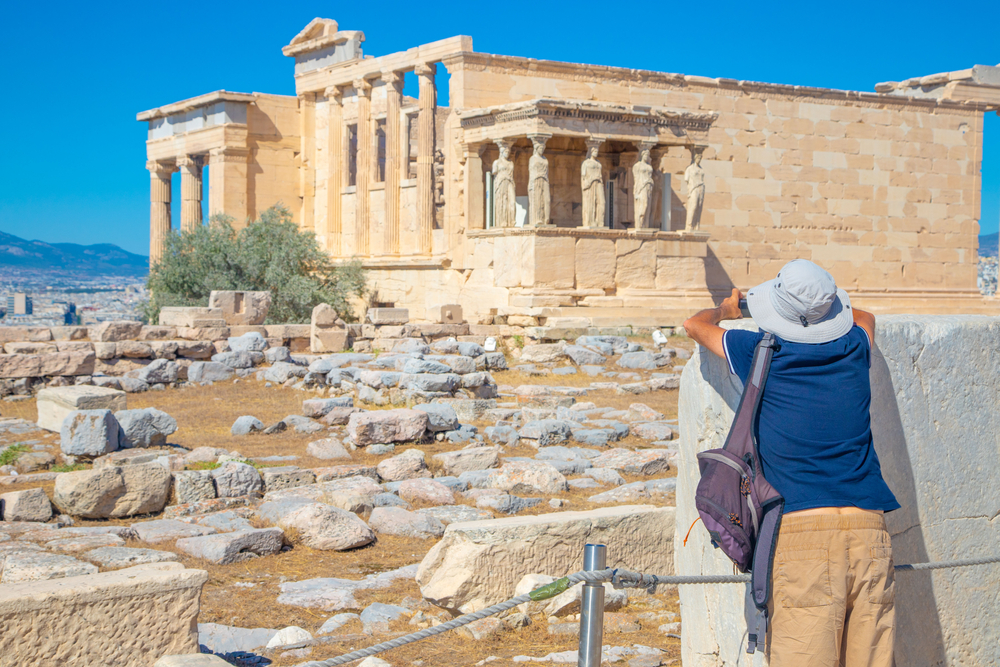
Culture is a sub-niche of traveling. Culture travelers differentiate themselves considerably from others as they choose different destinations to the typical beach resort escape. They might even travel to the same places as others but they visit different attractions.
As their name suggests, cultural tourists are into the culture. This vast area of interest typically covers, history with its museums, education with learning opportunities, ethnographies with its traditions, etc. Being a cultural tourist means you check out all of the cultural attractions of your destinations such as theatres, cinemas, and old cathedrals.
A cultural tourist is typically traveling at a slow pace so there’s sufficient time to admire and participate in different cultural events. Most cultural tourists can be seen in museums. Offering a glimpse into the history of an area, museums are ideal for cultural tourists as they often meet other tourists from around the world also interested in culture.
Cultural tourism flourishes in historically-rich cities and countries. Italy, France, and England are some of the most visited cultural hubs around the world. Italy’s renascence period with its painters, sculptors, and architects still attracts millions of tourists from around the world. These tourists are there to see these aspects that are unique to Italy as they can’t be reproduced anywhere else.
Being a cultural tourist also has its downsides. As every place is unique, cultural tourists typically want to visit more places that require a considerable budget. Visiting London is an experience that is certainly enriched by visiting other British cultural hubs such as Durham or Oxford. All of these cities can offer a combined cultural vacation of at least a week.
6. Domestic tourists
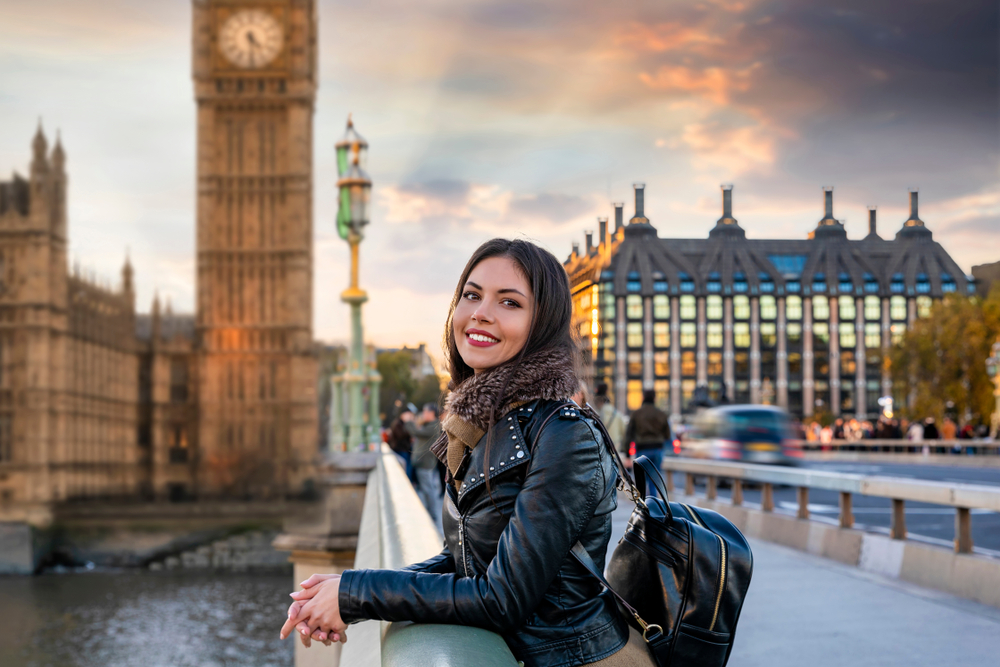
One of the main categories of holidaymakers is represented by domestic tourists. These travelers are typically interested in what their native countries have to offer. Domestic tourism means discovering locals places within the country.
Domestic tourists travel by airplane, car, bicycle, or they even hitchhike. This is one of the most important aspects when it comes to discovering and rediscovering your own country.
All domestic tourism is typically based on the same rules and international tourism, with a busy season where an influx of travelers is expected. For most tourists, it is also a good opportunity to look at what makes their country great.
Domestic tourism incorporates all other types of tourism. Its sub-niches include cultural domestic tourism, culinary domestic tourism, adventure domestic tourism, leisure domestic tourism, etc.
Domestic tourists are also typically interested in multiple aspects of their travels. Visiting a city or a region is typically accompanied by discovering its main touristic attractions and things to do.
7. Eco-tourists

Eco tourists are a growing niche of travelers highly preoccupied with sustainability, ecology, and general nature care. This type of tourism is growing fast around the world and it has a minimalistic approach with a reduced impact on the environment.
Riding dirt bikes through green fields is not ecotourism. But cycling through rural areas is considered eco-tourism, with its care for nature.
Most eco-tourists travel by car or plane to a certain destination. But they can also travel by bike or even walk multiple days to reach a destination or to experience all that it has to offer.
Rural Italy offers great world-class eco-tourism destinations. Small family farms here show tourists how to live like a local, cook like a local, and even how to care for animals.
There’s a modern side to eco-tourism as well. All types of reduced environmental impact technologies such as e-bikes are included in guided eco-tourism tours.
Most eco-tourists appreciate a way of life that cares for nature and what it has to offer. This is why excessive waste isn’t characteristic to these types of tourists which tend to be the best when it comes to not leaving traces of their visit even when out in nature.
Eco tourists are also smart when it comes to limiting the resources they need on holiday. This is why this type of tourism is often characterized as affordable. But it can still be expensive with the exception that these types of eco-tourists know how to make the most from very few resources.
8. Food tourists

Food tourists are a special type of gourmand holidaymakers. Food tourist travels their country and other countries to eat diverse foods. This type of tourism is flourishing in the conditions in which foods become more standardized in developed nations and since certain meals can only be experienced among the locals who make them often.
Among food tourists, there are plenty of sub-divisions such as vegan food tourists or Asian food tourists. All of them are interested in very specific aspects of food. But most food tourists have an open mind to all types of foods and countries.
Cultures influence food considerably. This is why learning about culture often means tasting the food it makes and seeing what characterizes its delicious taste.
Food tours are now offered constantly by travel agents. Some of the best food travel destinations are those in South East Asia. Thailand is one of the specific destinations for good affordable food. Italy is also known for its rich culinary history and people from all over the world make it here to eat unique pizza and pasta.
But food tourists can also travel by themselves. To be considered a food tourist, travelers have to specifically set out to a certain destination for its food. But food tourists can also be found inside the country. Seattle and New York are cities with a rich culinary history.
Texas is known as the state to be in when it comes to stakes. People travel to these locations to eat the best foods as made by those with cooking experience.
Food tourists are also responsible for making various restaurants famous. For example, some of the best Michelin-star restaurants in Spain and the world are located in often isolated locations in small towns and even in villages.
Food tourists travel long distances to reach these restaurants. Once there, they get to eat the food made by famous chefs and they often taste delicious meals made with entirely local ingredients. These tourists are generally known for a culinary passion.
9. Generalists

Generalist tourists are a combination of all types of tourists. These travelers set out to a certain destination with an open mind to experience as much as it has to offer. A generalist tourist can look at a certain style of architecture one day and be interested in the food of a city the next day.
All generalist tourists are typically looking into a holiday experience. This means accommodation and even traveling to multiple places within the region is of interest.
Most holidaymakers are generalists. They travel to different locations with a plan to see its tourist attractions, check out its museums, and even get immersed in unique experiences.
Generalist tourism isn’t characterized by traveling to certain destinations or in a given timeframe. It is characterized by the general will to travel. This is why it can look very different from one tourist to another.
Those who like to travel often describe themselves as tourists, but this generally involves being a generalist tourist.
10. Holiday tourists

Holiday tourists are those travelers that mainly go on holidays when traveling. A holiday is typically a period of at least a few days to relax away from home. Holiday tourists are the most popular type of travelers, especially among families.
Holidays are planned once or multiple times per year and this means taking time away from work and typical chores to travel.
You can see holiday tourists especially around resorts, beaches, camps, and all other locations typically associated as touristy. Florida is a good example of a holiday tourist state. It attracts people from all around the world who say the visit to the sunny state is a ‘holiday’.
The English expression ‘I holiday in’ refers to taking a yearly vacation in a certain location. This is why holiday tourists are those travelers who are typically on a longer vacation, typically the summer vacation which is the longest for most.
Holiday tourists can travel both by themselves and in groups. A holiday can be taken as a way to relax for health purposes. A doctor can recommend going on a holiday for patients under constant stress. Going on holiday is seen as taking a few days up to a few weeks off to relax completely and to have the occasion to reduce stress by worrying less.
Those on holiday are typically using the term in different situations. But their expressions can sometimes be confusing. ‘Holiday food’ is the food made at home, typically during religious celebrations such as Christmas or Easter. Holiday food is rarely used to refer to the meals consumed while away on a summer holiday.
11. International tourists

Most tourists are willing to travel to almost any location. But among general travelers, there’s a distinct category only willing to travel abroad. Many reasons make international tourists only consider holidaying abroad.
Among them is the experience of visiting most tourist attractions in their own countries. Another reason can be the appeal of a certain destination, particularly for its popularity.
International travel is at an all-time high in recent years. With the advent of low-cost air travel companies, the opportunities and the cost of international travel are in the favor of travelers. A large percentage of international tourists are planning their holidays accordingly as this is the type of travel that mostly rewards those who plan.
The perks of proper planning for international tourists include finding the lowest airplane ticket fares and the best accommodation prices. International travel can also be subject to extensive paperwork such as visa applications, proof of income, proof of residency, etc. While highly rewarding, international tourism can also require a bit more preparation than domestic tourism.
International tourists are also some of the most open when it comes to travel destinations. From the classic locations such as France and Spain to the most remote international travel locations such as Iceland, these travelers are typically willing to make an effort to reach the destination.
One of the perks of international travel is getting immersed in different cultures. This can be a bit more difficult to achieve with domestic travel. Major travel channels now recommend remote international travel due to the current pandemic. This is why Antarctica is one of the most remote international travel locations that gets recommended today.
12. Leisure tourists

Leisure tourists are a type of generalist travelers. These tourists are interested in taking a break from reality, seeing new places, eating new foods, experiencing new adventures, but without sacrificing rest and comfort.
Unlike backpackers or adventure tourists, leisure tourists also feel the need to relax while traveling. This is what makes them even more interested in locations with good accommodation options.
Leisure tourists are generally characterized by a slower pace of travel compared to adventure tourists. They like visiting the most popular touristic areas in their destination. Cultural experiences can’t be overlooked by these tourists as well.
Apart from visiting landmarks, leisure tourists also appreciate good diverse food options. All in all, these types of tourists are among the most proficient when it comes to making the most of a trip and coming back come reinvigorated.
13. Medical tourists

Medical tourists are known as patients who travel for healthcare purposes. Both incoming and outgoing patients have been increasing in the US. There are a few factors that influence these two trends.
Incoming patients to the US are typically those coming for a very specific medical intervention. The high number of specialized doctors in the US makes it an attractive country for those coming from smaller countries where there isn’t a great selection of doctors or where there are no proven interventions for a certain condition.
Outgoing US patients are leaving for other smaller countries to get cheaper and often free medical healthcare. Medical insurance costs are constantly rising in the US and this makes it the country almost impossible to get medical treatment for those with a certain condition that isn’t covered by insurance.
US citizens prefer to travel as little as possible to get medical healthcare. Most don’t head to Europe but rather to Central and South America. Costa Rica is the main destination for US medical tourists. Patients head to the country for a few weeks and even for a few months. They might be recommended a rest period under supervision for a certain medical intervention.
The number one reason for US medical tourists outside of the country is dentistry work. All dentistry interventions in the US are considered among the most expensive in the world. It’s a routine to see US citizens traveling abroad only for a few days to get work done on teeth and for other oral care interventions.
Mexico is another popular destination for US citizens seeking to travel to get better healthcare. The proximity of the country, its low prices, and high numbers of doctors and clinics make it a viable option for medical tourists.
While further away from the US, India is also a top destination for medical tourists. Doctors here are some of the best-trained in the world. Since most also speak English, their medical services become tempting to US citizens. Singapore also gets a high influx of US medical tourists. Some of the world’s largest hospitals and some of the top-level doctors here make the small country highly attractive for patients who need complex medical treatment from around the world.
14. Reflective tourists
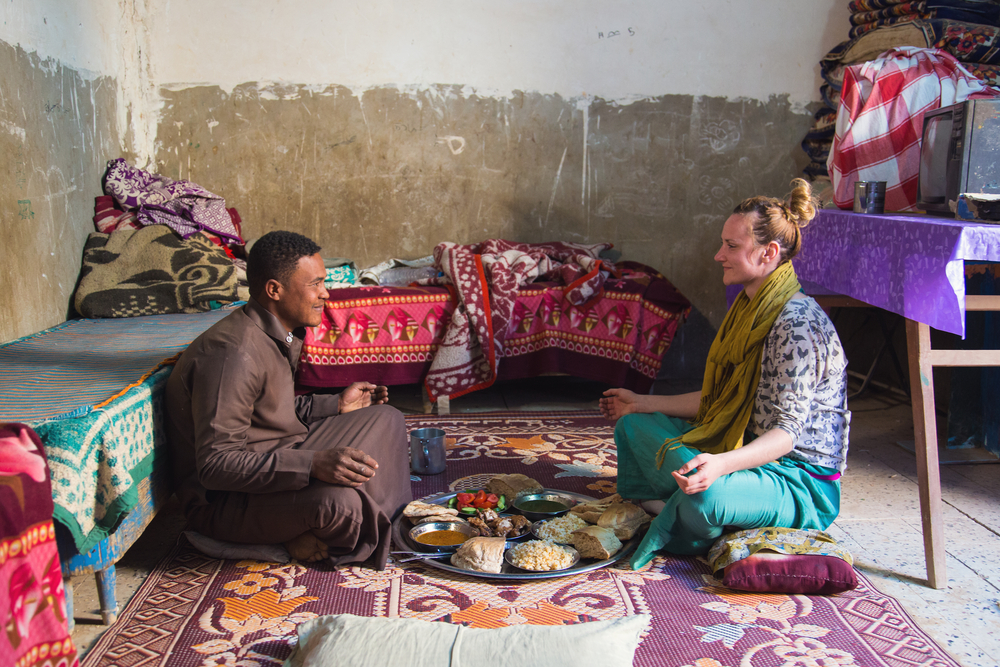
Reflective tourists are characterized by the wish to travel and learn. It can be said learning has multiple faces in the case of these travelers. Tourists can travel to learn more about a place but they mostly travel to learn more about their heritage, where they come from, and the culture of their genealogy.
Europe is the main destination for reflective tourism. The continent has been known for waves of mass-level migration, especially to North and South America. This is why a rising number of reflective tourists make their way to Europe each year.
But what do these tourists do that others don’t? Reflective tourists are normally interested in culture hotspots. They visit museums, churches, theatres, exhibitions, stadiums, etc. These are all part of a wider spectrum of cultural attractions.
But reflective tourists can also dig a bit deeper into their family’s history. They might even visit local administration to get a trace of their lost relatives and get in contact to learn more about their family’s genealogy.
Reflective tourists are increasing in places such as Spain and Italy. Largely impacted by mass migration over a century ago and even today, these countries have been the main attraction for reflective tourists from the US, Canada, and Argentina.
Many of these countries even have tourism agencies specialized in offering services for reflective tourists on discovery or rediscovery trips.
15. Religious tourists

Religious tourists are one of the largest groups of travelers. These types of tourists are normally interested in heritage historic places of worship tied to their religion. Religious tourism is growing year by year but it isn’t new. Old pilgrimages were made thousands of years ago such as the Camino de Santiago in Spain.
Religious tourists can be split according to specific religions and branches within a religion. Jews are normally interested in traveling to Israel. Even Jews who aren’t into tourism are typically interested in visiting Israel at least once.
Jews also travel to other Jewish communities around the world frequently. They can even pitch in to build new Synagogues around the world or to restore historic places of worship.
Christians travel to Israel as well. They visit Jerusalem and Bethlehem mostly, without any particular interest in larger cities such as Tel Aviv. Christians also visit cathedrals, churches, and monasteries around the world.
Christian tour operators organized different circuit visits to specific countries where tourists get to see some of the most important Christian landmarks of the area.
Furthermore, Christians also organized mass pilgrimage events around the world. Other popular Christian destinations include The Vatican, especially for Catholic Christians.
Millions of Muslims visit Mecca each year. The celebrations here are normally held throughout the year. Located in Saudi Arabia, Mecca is a place of worship with strict rules. Pilgrims here aren’t allowed to drink alcohol, according to Muslim tradition.
16. Rural tourists

Rural tourists are normally interested in traditional villages. These types of tourists exist around the world. Rural tourism is completely dead in some areas around the world but it is also very popular in other areas.
Locronan in the Frances Britany region is the country’s main rural hotspot. It enjoys easy access from mainland Europe. Broad Campden in England’s Gloucestershire region is one of the most visited classic villages in the country and the world.
Its small streets, traditional homes, and relaxed way of life make it a high attraction for many of those interested in traveling away from large cities.
The perks of rural tourism include a slower way of traveling. It also allows tourists to meet the locals and improve socializing opportunities. Staying in rural areas also means enjoying different hotels. Far away from cities, the rural hotel often offers more wide-open spaces which encourage walks and time spent outdoors.
Rural tourists also have a few drawbacks to face. For example, there are not many great public transport links to some small villages around the world. This is why renting a car is often a must when it comes to making it to some of these remote towns and villages.
Rural tourism depends on your means of transport but this is what also protects it from becoming overly popular to a dangerous extent.
17. Romantic tourists
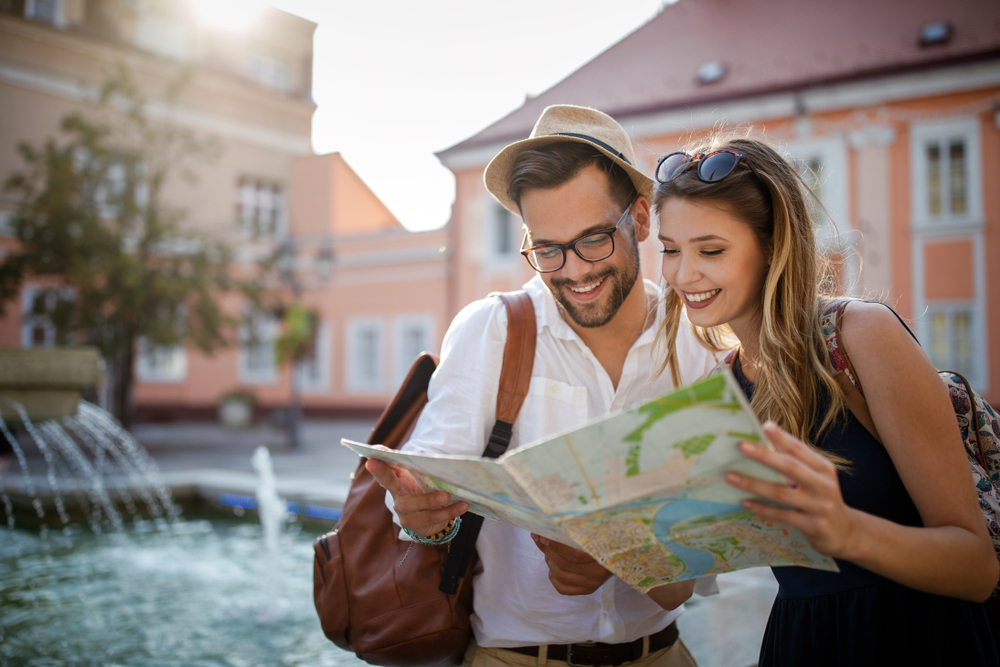
Romantic tourists are some of the most relaxed when it comes to traveling. It’s often as much about the journey as it is about the destination with these tourists. Most couples into romantic tourism love gateways.
This is why those into this type of travel typically love to get out more, to explore, and not to be rushed as being away on holiday is all that matters.
Paris is the capital of romantic tourism. Walking the streets of this city is almost an experience worth the trip on its own. With plenty of romantic sights and great street-side cafes, couples can get to spend more time together in a relaxed atmosphere here.
Venice is another popular hotspot for couples. This is where tourists come to experience romantic gondola rides. Almost all of the couples here come to see the canals of the city. But there are plenty of other attractions for these tourists here.
Romantic tourists typically holiday through the year. According to tradition, the honeymoon is the most sought after the period for romantic gateways. Newlywed couples typically go away for a few weeks on the honeymoon, typically to one or multiple romantic destinations.
The specifics of this type of tourism are tied to accommodation requirements, good food, possible shopping opportunities, and the ability to go on long walks. Since romantic tourists like long walks, the most important aspect when choosing a destination is safety, especially for evening time walks.
18. Senior tourists

Seniors love to travel. Since they’ve reached an age when they don’t have to take care of the children or when they don’t have to go to work, seniors can often go on longer holidays further away from home.
Tourism for seniors is increasing in popularity. Two separate types of tourists can be found among them. Couples and group senior tourists are the two main types of travelers seen among the elderly.
Senior couples prefer romantic relaxing locations. Being out in nature or even visiting some of the most important tourist cities around the world are attractive proposals to senior tourists.
Group senior tourists are also popular. Seen in every large city around the world, these groups travel together, they eat in the same places, and they visit the same attractions.
The benefits of traveling in groups as seniors include better safety, the opportunity to socialize, a pre-planned trip, and plenty of opportunities to have fun.
19. Slow-paced tourists

Slow-paced tourists are travelers who like to stay more in a certain location. Instead of spending two days in a city or village, these tourists can spend up to a week in a location. Slow-paced tourism can expand to holidays that take up to a month or even two months.
The benefits of slow-paced tourism are that it allows further discovery opportunities and more socializing opportunities. Slow-paced tourism is ideal for those interested in a cultural or discovery type of experience.
Villages in Germany are known for slow-paced tourism. People come here to see various traditions. They see livestock and farming that typically requires a slower pace of travel.
The benefits of slow travel are that it allows a deeper understanding of a certain culture. But even these types of travelers can be split into multiple sub-categories.
For example, slow-paced tourists can be interested in only visiting a country in appreciation for a certain personality. Slow-paced tourism developed the sub-niche of Shakespeare fans tourism in England.
20. Special interest tourists

Special interest tourists generally visit a location for one thing only. This can be anything from a sports adventure opportunity or to visit a famous landmark. Examples of special interest tourists are seen all across the world.
Most special interests are tied to a historic location, a sports occasion, an individual, or a religious significance place. For example, tourists only go to Santiago de Compostela to visit the city’s cathedral. The same one-attraction or one-activity type of tourism is seen all around the world.
21. Sports tourists
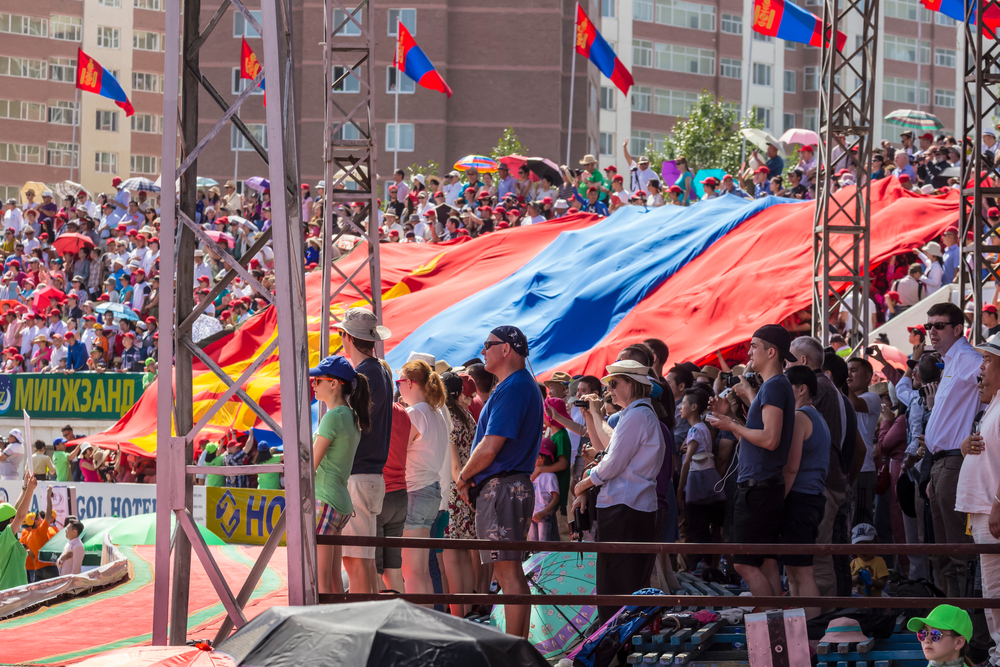
Sports tourism is at an all-time high. This type of tourism isn’t new, but the rise of sports and sports personalities makes people travel. Sports tourists often travel with their teams. Baseball fans and football fans often travel to support their teams.
But these tourists can also travel without a specific sporting event in mind. They can travel to see stadiums or they can travel to see important places in sports.
One of the most visited stadiums in the world is Camp Nou in Barcelona. This is the home of the most popular sports team in the world, FC Barcelona. The stadium sees millions of tourists per year. A large number of them only come here to see the stadium and the place where their favorite football players play.
Sports tourism has plenty to offer all around the world. The second most popular football team in the world is FC Liverpool. Its stadium is normally visited by thousands of tourists and football fans from around the world even when it’s not a match day. Groups are split into hourly visits and they get to visit the stadium in a 1-hour tour.
But the most important type of sports tourists is the traveler going to a certain event. In the US, sports tourists are best represented by Superbowl fans. This is where travelers from all around the country try to reach the finals, an event which is often quite expensive and difficult to get into.
A similar event is seen in Europe with the final Champions League game where sports fans from around the continent fight to get tickets to the event and to fly to the destination stadium for the big game.
The drawbacks of sports tourism are the lack of diversity outside stadiums, sports museums, and sporting events. Most of the tourists interested in a particular part of sports are normally reserved when it comes to traveling for other sports attractions such as small private sports memorabilia collections.
Unlike other tourists, sports tourists are known to spend a lot on events. Most sports events worth traveling for are known for their high ticket prices.
This is why sports fans typically have to start saving sooner compared to other tourists, especially since accommodation prices are higher in the period of a large nearby sporting event.
Saving up is mandatory for these tourists who need to spend more than others to reach a destination.
















